Green Pea Soup is made from frozen peas and other wholesome ingredients! It’s a creamy & filling soup that’s dairy free & plant-based.
DID YOU KNOW? Green peas are part of the legume family and contain beneficial nutrients and fiber (which feeds the gut flora), BUT they also contain antinutrients.
Antinutrients are substances found in many foods, including legumes and grains, that may interfere with digestion and mineral absorption.
While these generally aren’t a concern for most healthy people, their health effects are still important to keep in mind. They are more likely to impact those who rely on legumes as a staple food, those with IBS or other gut issues, and individuals at risk of malnutrition.
Two antinutrients found in legumes:
PHYTIC ACID: May interfere with the absorption of minerals such as iron, calcium, zinc and magnesium.
LECTINS: Associated with symptoms such as gas and bloating and may interfere with nutrient absorption.
How to help prevent adverse effects from antinutrients in legumes:
LIMIT CONSUMPTION: It’s best to limit consumption of legumes to 3-4 times a week. Also limit the quantity you consume in one sitting since a larger amount is more likely to cause problems (I recommend 1/3 to 1/2 a cup as a max).
PREPARE PROPERLY: Soaking and/or sprouting may be helpful in reducing the amounts of antinutrients in legumes. At the very least soak your legumes for 18-hours before cooking.
COOK THOROUGHLY: Antinutrient levels are higher in raw legumes, which makes them more likely to cause digestive issues. Cooking legumes helps to reduce antinutrients.
In summary, while legumes do contain beneficial nutrients and fiber, they are not as nutrient-dense as other foods—like meats, fish, shellfish, eggs and vegetables—and, as mentioned above, some of the nutrients they contain are not bioavailable due to antinutrients. For this reason and others mentioned above, legumes are not a staple in my diet and I only consume them once in a blue moon.
If you choose to consume legumes, I recommend that you pay attention to how you feel when you consume them. If they don’t energize you or if they cause digestive problems, it’s best to avoid them for a period of time and try reintroducing them at a later date.
IMPORTANT NOTE: Levels of antinutrients tend to be lower in peas than in other legumes, so they are unlikely to cause problems unless you eat them frequently or in excess.
Now that we got all the important stuff out of the way, it’s time to try my Green Pea Soup. It’s absolutely delicious–and a great side dish for the spring & summer.
What you need for Green Pea Soup:
- Frozen green peas
- Cauliflower
- Yellow onion
- Garlic
- Chicken or vegetable stock
- Coconut milk
- Lemon juice
- Avocado oil
- Dried parsley
- Dried dill
Want more wholesome soup recipes? You’re going to love these …
Green Pea Soup
Ingredients
- 4 cups frozen green peas
- 350 g frozen cauliflower, or fresh
- ½ yellow onion, chopped
- 2 cloves garlic, sliced
- 4 cups organic chicken , or vegetable stock
- 1 cup full fat coconut milk, canned
- 2 tbsp lemon juice
- 1 tbsp avocado oil
- 1/2 tsp dried parsley
- 1/2 tsp dried dill
- Sea salt & black pepper, to taste
Instructions
- Sauté onion and garlic in avocado over medium heat until onion is translucent.
- Add dill and parsley and sauté for another minute.
- Add all remaining ingredients, cover the pot and bring to a boil over high heat. Once boiling, uncover and reduce the heat to low. Let the soup simmer for 15-minutes.
- Transfer the soup to a blender (or use an immersion blender) and blend on high until smooth and creamy.
- Transfer to bowls and serve. Store leftovers in a mason jar in the fridge for up to one week.



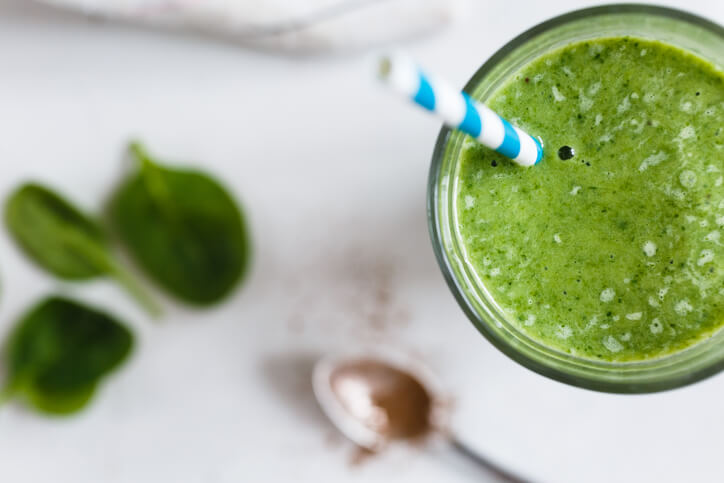

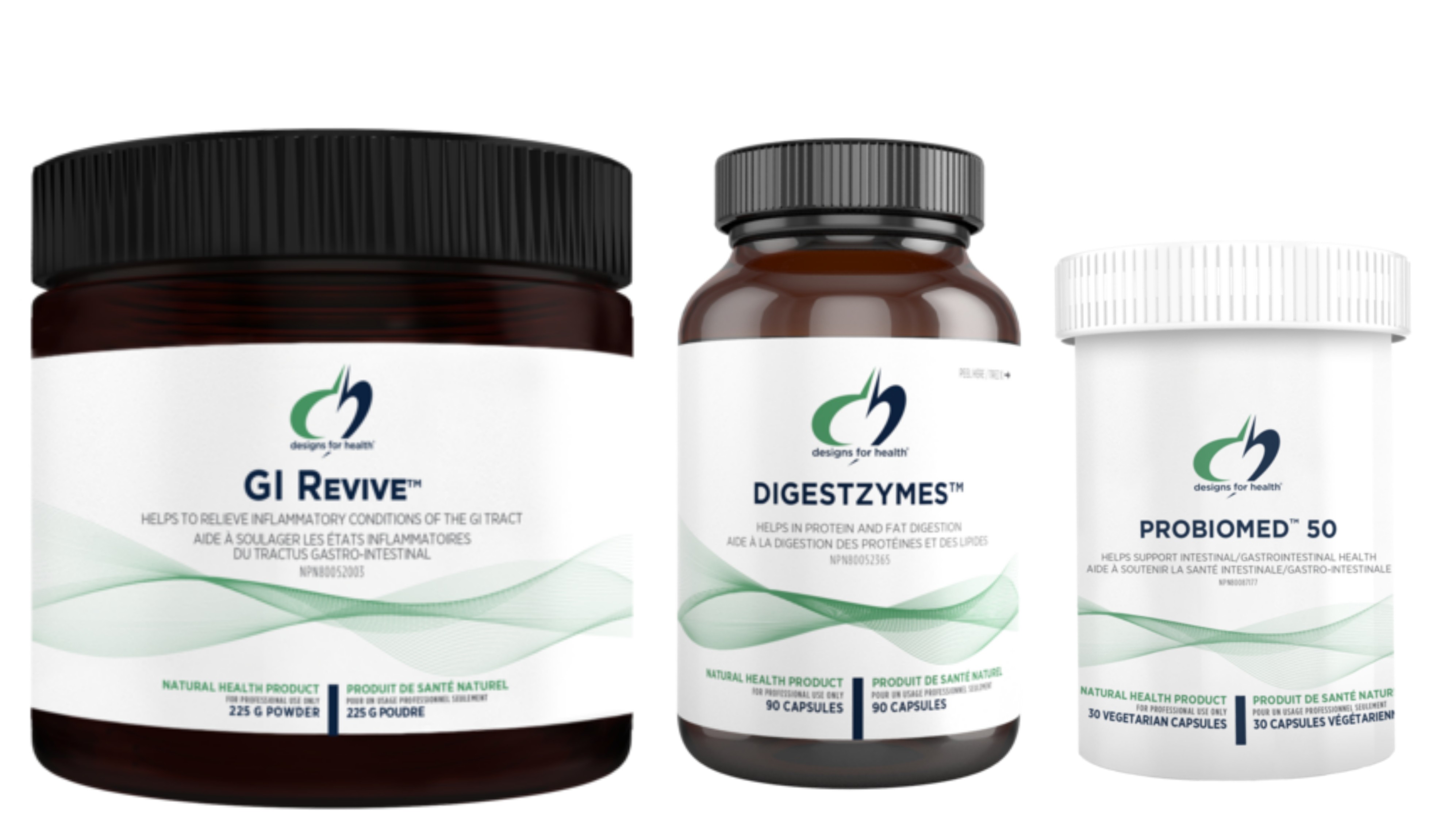
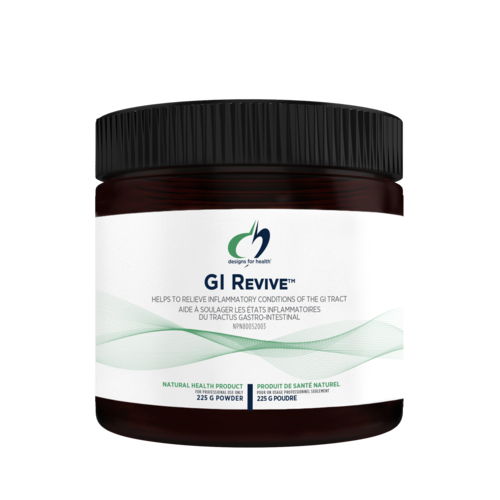
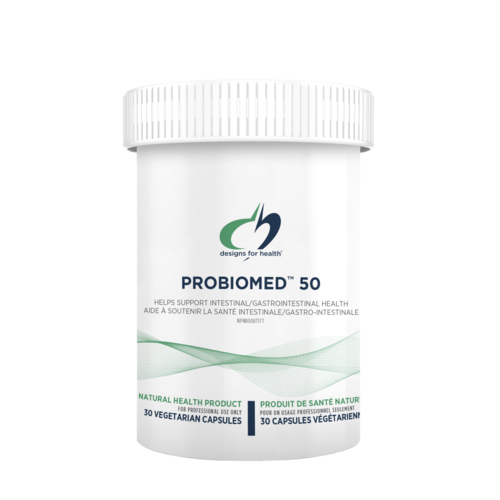
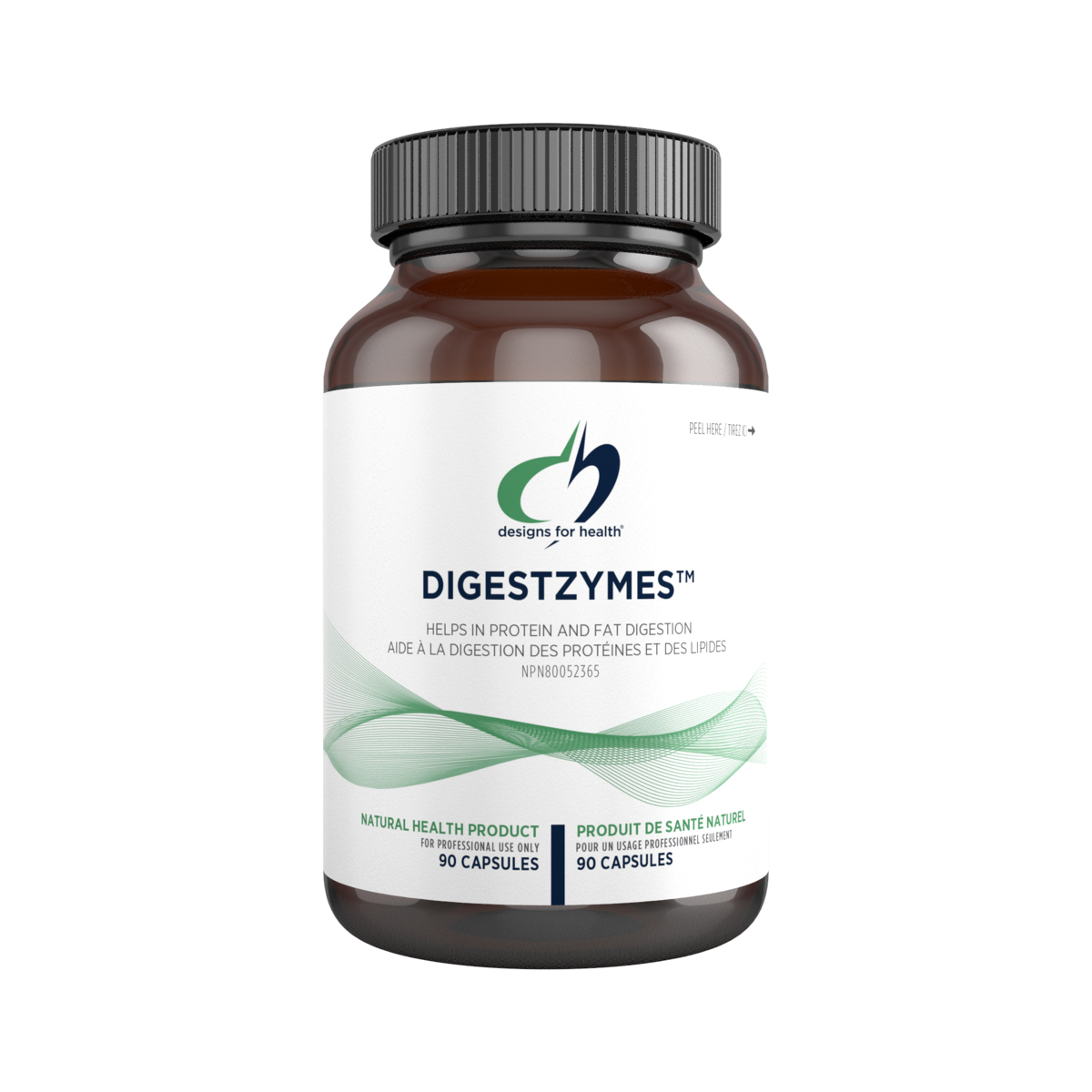
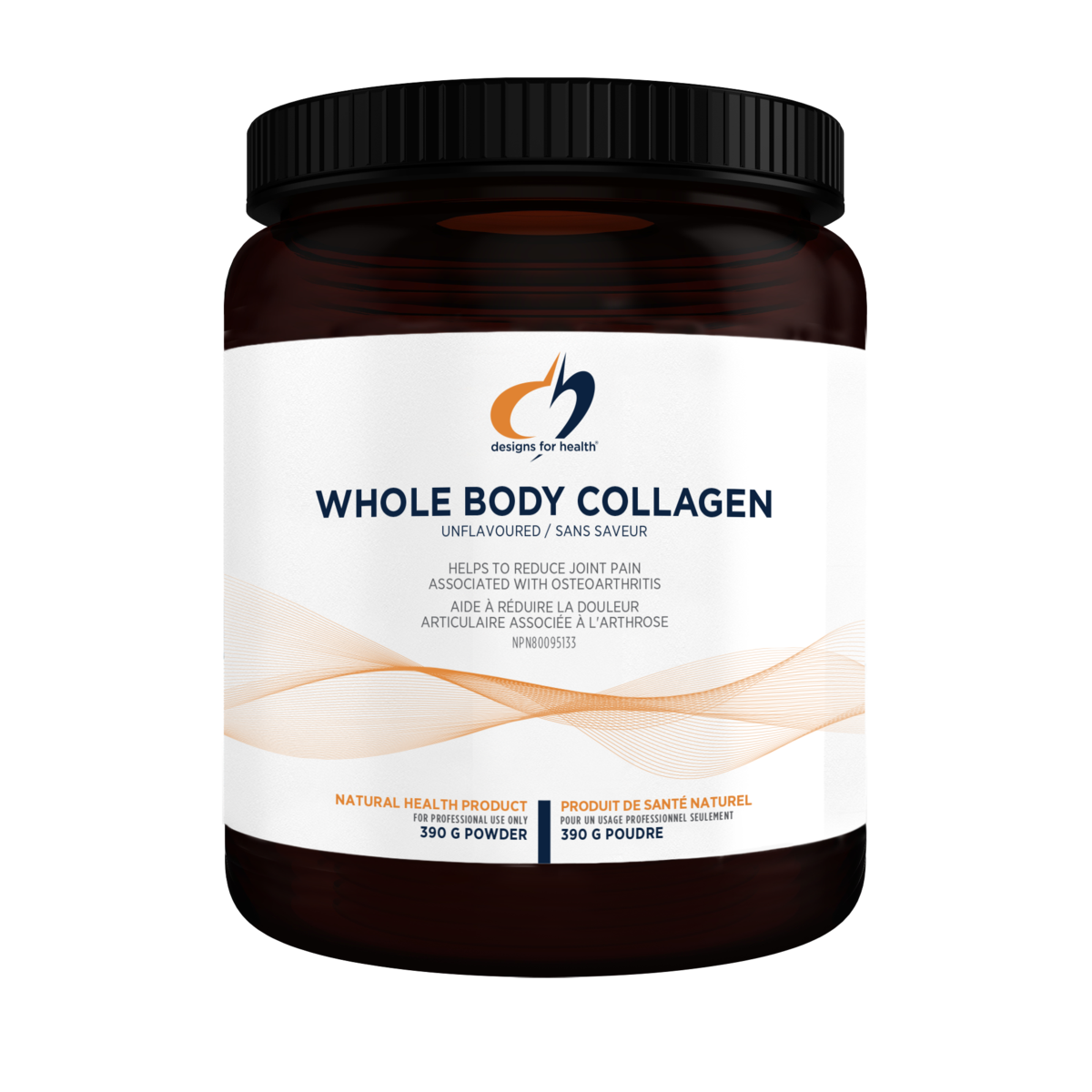

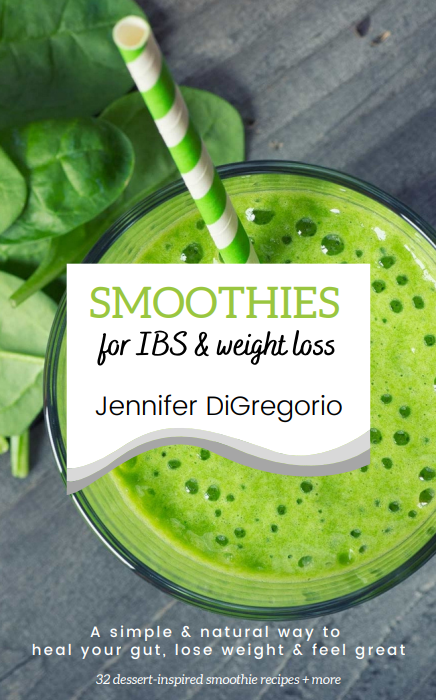
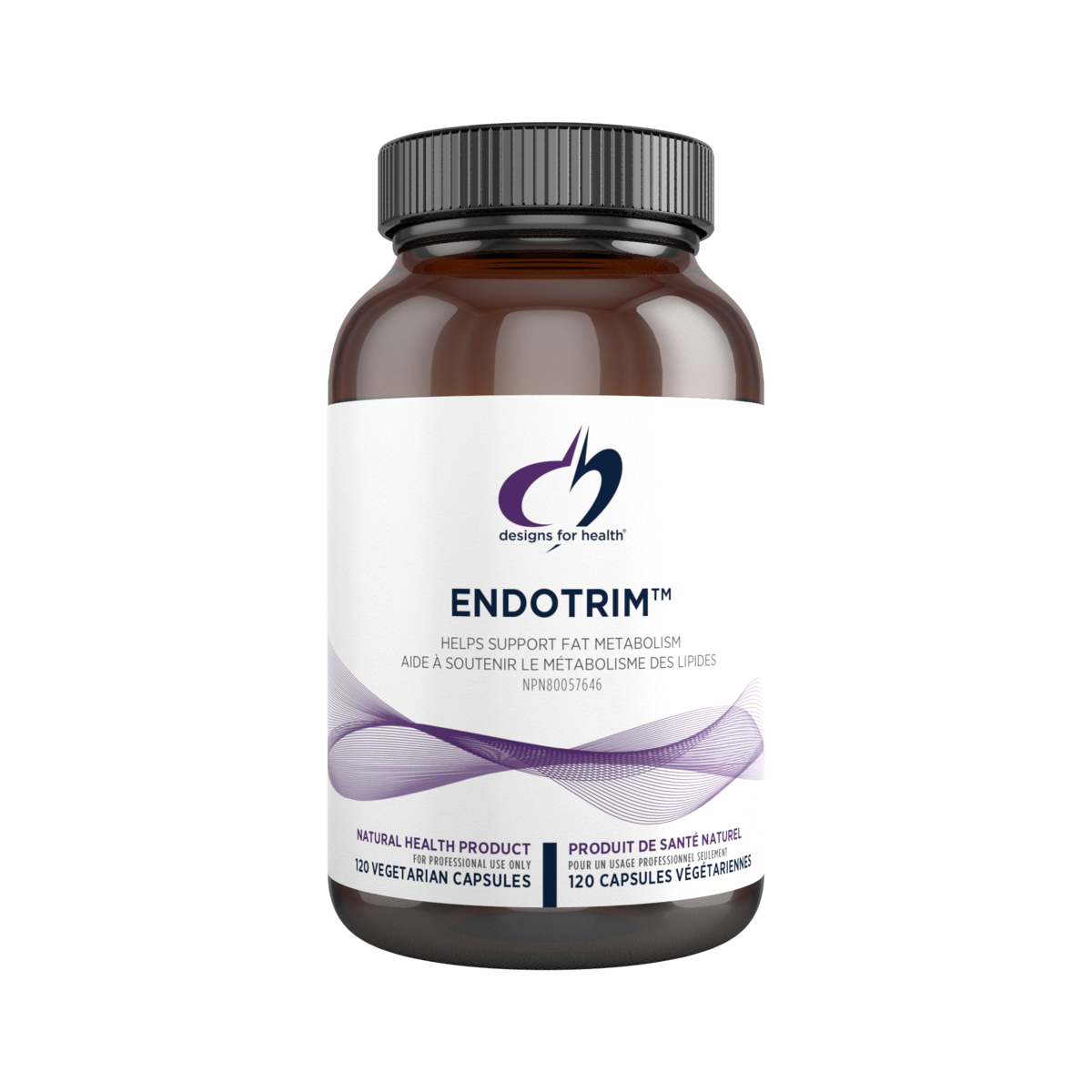
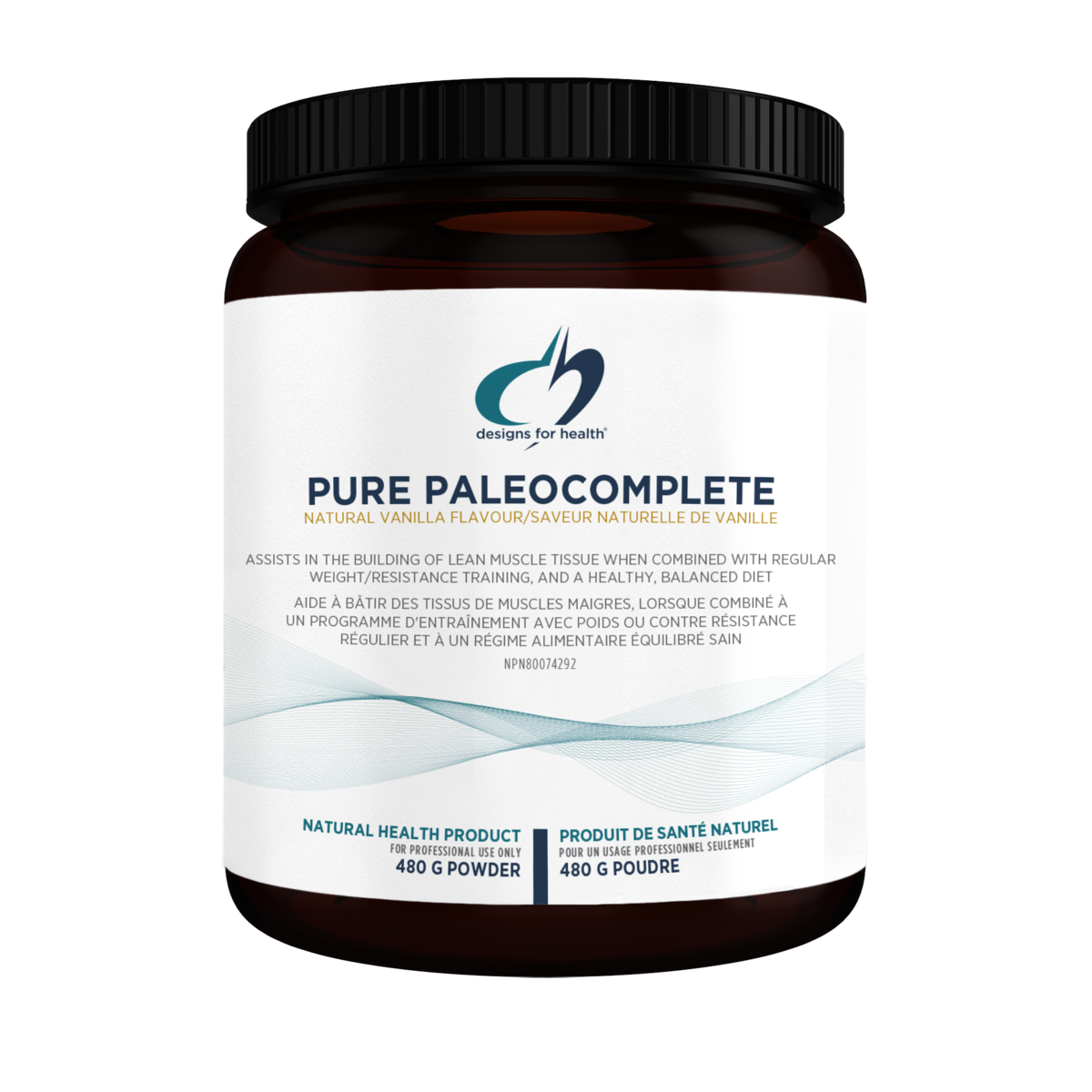
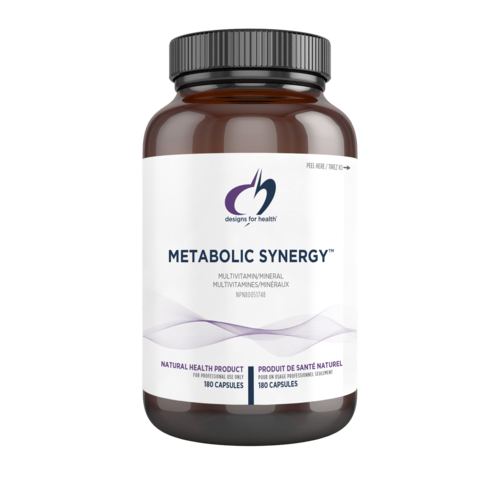



0 Comments